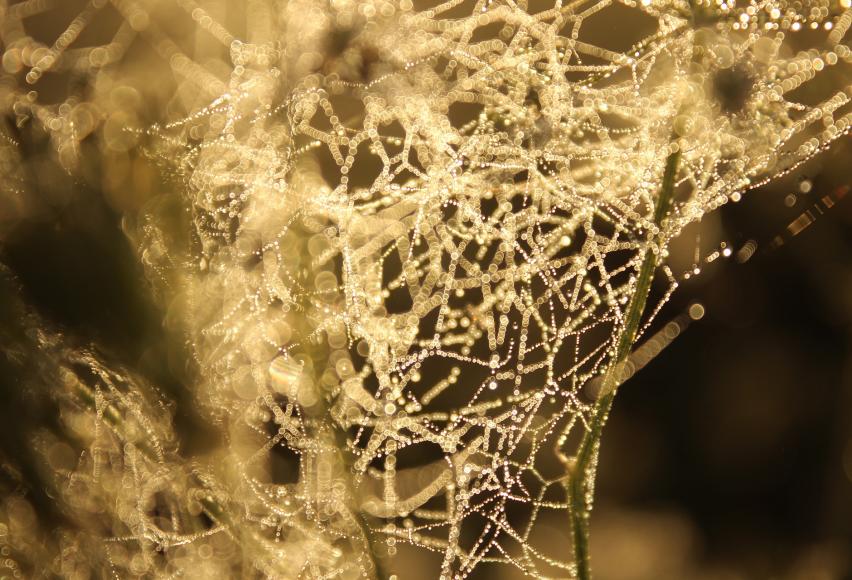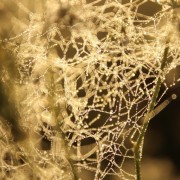Trichotillomania and OCD in Children: New Insight into Neural Mechanisms

Online test
Find out the severity of your symptoms with this free online test
Trichotillomania (TTM) is a chronic disorder characterized by repetitive hair pulling that results in significant hair loss, emotional distress, and impaired functioning across settings. Because it shares some characteristics with other disorders such as obsessive-compulsive disorder (OCD) and Tourette’s Syndrome, TTM is currently classified as an Obsessive Compulsive-related disorder. However, TTM is not OCD nor is OCD the same as TTM, although they can co-occur. There are distinct differences that create a dilemma for many in the TTM and research community. How significant are these differences and what implications might they have for treatment, if any? There remains quite a debate as to whether TTM and other body-focused repetitive behaviors are correctly classified or should be in a separate category. Adding to the issue is the fact that, despite increased attention by researchers, there is so much we just don’t know about TTM at the neurophysiological level.
Recent advances in technology and neuroimaging have allowed researchers to delve deeper into the neural underpinnings of OCD leading to new developments in treatment. For example, transcranial magnetic stimulation (TMS) and biofeedback techniques have recently become FDA-approved for people with OCD. TMS uses magnetic fields to stimulate nerve cells in the brain. For people with OCD, TMS targets specific areas of the prefrontal or anterior cingulate cortex. These new advances and treatments have led researchers to question how or if treatments like TMS might help people with TTM. Part of that answer lies in the neural underpinnings of TTM. This is an area that to date, has not been well-studied, especially in children. Understanding TTM at the brain level for children is particularly relevant since the average age of onset for TTM is between 9 and 12 years of age. Other studies have found that later onset can occur and that these cases may differ neurobiologically from those with earlier onset.
Two areas of cognitive functioning, performance monitoring and inhibitory control, are of particular interest to researchers and may delineate OCD from TTM. These cognitive functions develop early in childhood. Performance monitoring is the ability to monitor and evaluate the consequences of behavior and adapt behavior accordingly to achieve a goal. Inhibitory control is related to the ability to manage responses. Both of these cognitive development skills can be measured using EEG technology and are the focus of a new study aimed at furthering the understanding of the neural underpinnings of TTM and its relationship to OCD.
A Closer Look at Trichotillomania and OCD
Research suggests that TTM and OCD are related but that mechanism is not entirely clear. There does seem to be a biological connection. TTM is often seen within families where OCD is also present. The two disorders can co-occur within the same person. Both disorders are characterized by difficulty resisting urges, ritualistic behaviors, and a reduction in anxiety following the behavior.
However, TTM and OCD also differ in some significant ways. People with TTM are often unaware of the pulling, engaging in what’s commonly known as “trance pulling”. They tend to report pleasure or gratification from the act of pulling which is decidedly different from the experience of someone with OCD. And, unlike someone with OCD, for people with TTM, the hair pulling may not be preceded by an obsession or intrusive thought. Traditional “gold standard” treatments for OCD, including the use of medication, do not seem to be as effective for TTM, further suggesting differences in the psychobiology of these disorders.
What The Study Found
The researchers hypothesized that EEG findings would distinguish children with TTM from those with OCD and/or healthy controls and would vary with severity of TTM symptoms. They also hypothesized that EEG data from the frontal and parietal brain regions would distinguish TTM from OCD and/or the healthy control state and would vary with severity of TTM symptoms.
The researchers compared results for children with TTM, OCD, and a “healthy control” group. Three major findings emerged.
1. Performance monitoring results for the children with OCD were significantly larger (more negative) than that for the control group and for the TTM. There was no significant difference between the TTM and control groups. These results are thought to reflect the personal challenge that follows recognition of having committed an error and the meticulousness and hyperawareness often seen with OCD but not with TTM.
2. For inhibitory control, the TTM group was closer to the control group on some measures and closer to the OCD group on other measures. This makes sense of what is seen in everyday experience. Clinically, TTM resembles OCD. However, people with TTM tend to function in ways more similar to those not affected by the disorder.
3. The TTM group was most similar to the control group in terms of brain activity that is strongly associated with reaction time in processing inhibitory stimuli. In contrast, the TTM group was most similar to the OCD group in brain activity associated with symptom severity, global functioning, and clinical impairment. The TTM group showed the strongest difference of all three groups in the areas of brain activity correlated with cognitive and clinical variables such as response inhibition, motor control, and decision making.
The Takeaway
So, what do these results mean? The findings support the idea that TTM and OCD are similar yet different, and the differences matter when it comes to diagnostic and treatment implications. Both TTM and OCD do indeed share some phenotypic (observable) traits. Both disorders seem to lie along the same clinical continuum of impulse control and repetitive behaviors. However, there are significant differences in symptoms that make each disorder unique. Of particular interest is the finding of significant differences in brain activity between the different disorders. These findings support the idea that treating TTM, in a way similar to the use of TMS for OCD, may be a possibility.
The researchers note that this is the first known study of its kind, and that further research is needed. They suggest that diagnostic and treatment protocols should consider the neural factors associated with TTM. Possible tools may include biofeedback, neurostimulation, or other therapies aimed to relieve TTM symptoms by changing EEG activity.
Technology is allowing us to look at disorders like TTM in ways never before imagined. Being able to examine neural activity is one more tool that can help researchers and clinicians approach treatment more individually and holistically.
References
1. American Psychiatric Association (2013). Diagnostic and Statistical Manual of Mental Disorders, 5th ed. Washington, DC: Psychiatric Publishing.https://dsm.psychiatryonline.org/doi/book/10.1176/appi.books.9780890425596
2. National Institute of Mental Health. (2019, October). Obsessive-Compulsive Disorder. Retrieved from https://www.nimh.nih.gov/health/topics/obsessive-compulsive-disorder-ocd
3. Ricketts E, Bose D, Piacentini J. (2017). Obsessive-compulsive and related disorders. In: Beauchaine T, Hinshaw S, editors. Child and Adolescent Psychopathology, 3rd ed. New York, NY: Wiley & Sons., pp 560-609. https://books.google.com/books?hl=en&lr=&id=LRSgDQAAQBAJ&oi=fnd&pg=PR9&dq=child+and+adolescent+psychopathology+3rd+edition+ricketts&ots=oEDp4uzyHQ&sig=FchtQ4pCTtmnmYhclsLHXS1g3bQ#v=onepage&q&f=false
4. Sah, D. E., Koo, J., & Price, V. H. (2008). Trichotillomania. Dermatologic therapy, 21(1), 13–21. https://doi.org/10.1111/j.1529-8019.2008.00165.x
5. Odlaug, B. L., Chamberlain, S. R., Harvanko, A. M., & Grant, J. E. (2012). Age at onset in trichotillomania:clinical variables and neurocognitive performance. The primary care companion for CNS disorders, 14(4), PCC.12m01343. https://doi.org/10.4088/PCC.12m01343
6. Peris, T. S., Salgari, G., Perez, J., Jurgiel, J., Vreeland, A., O'Neill, J., … Loo, S. K. (2021). Shared and unique neural mechanisms underlying pediatric trichotillomania and obsessive compulsive disorder. Psychiatry Research, 298, 113653. doi:10.1016/j.psychres.2020.113653
7. Ferrão, Y. A., Miguel, E., & Stein, D. J. (2009). Tourette's syndrome, trichotillomania, and obsessive-compulsive disorder: how closely are they related?. Psychiatry research, 170(1), 32–42. https://doi.org/10.1016/j.psychres.2008.06.008
Online test
Find out the severity of your symptoms with this free online test
Start your journey with TrichStop
Take control of your life and find freedom from hair pulling through professional therapy and evidence-based behavioral techniques.
Start Now



